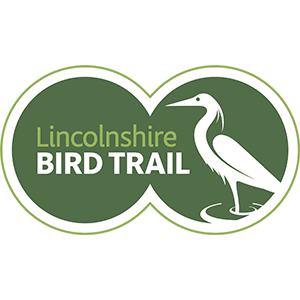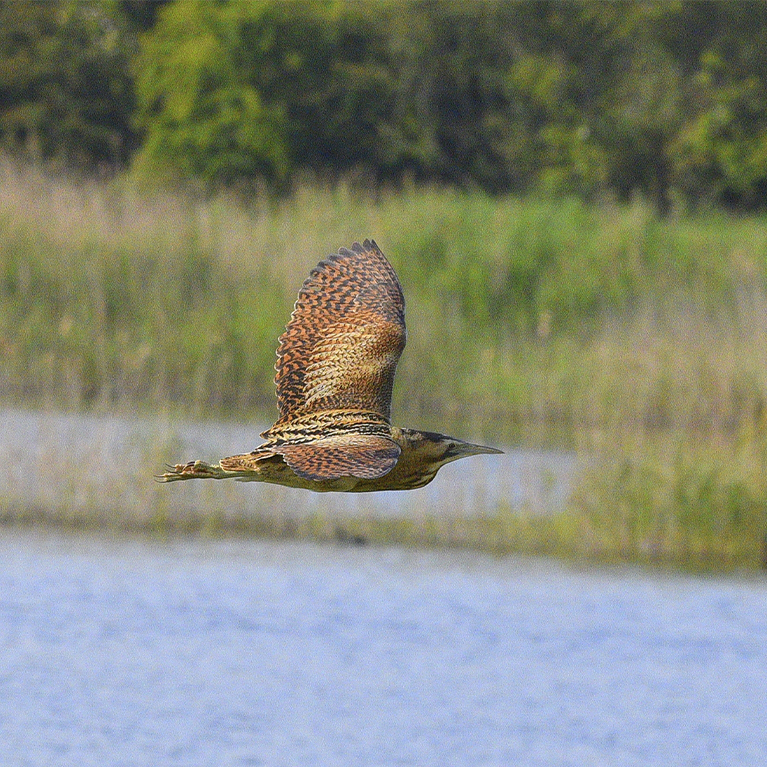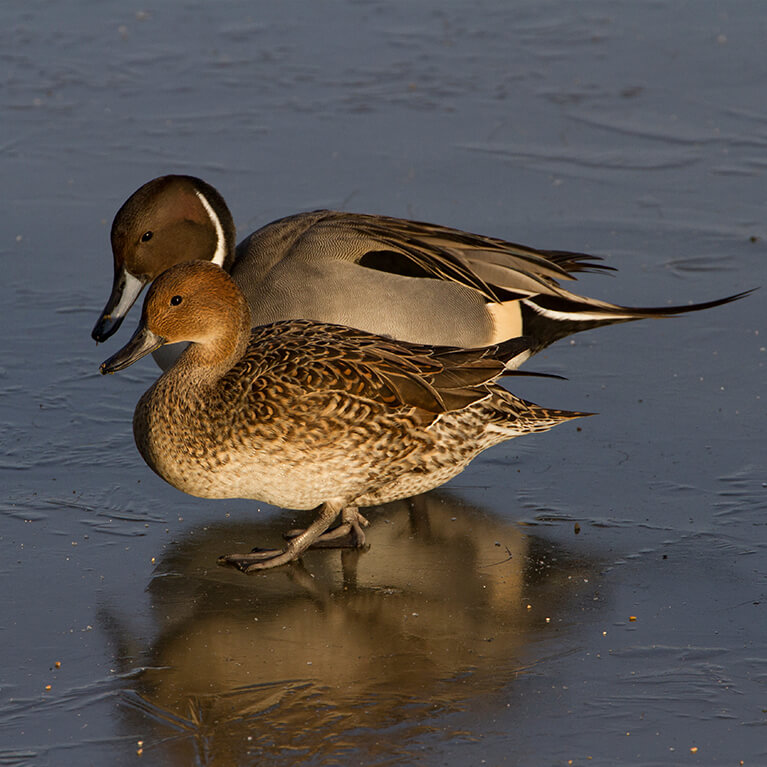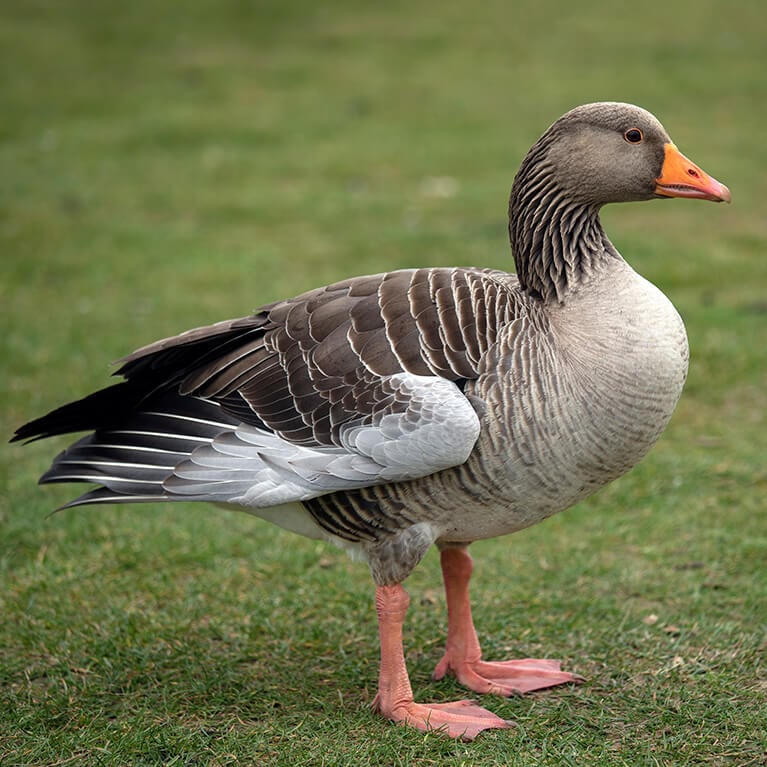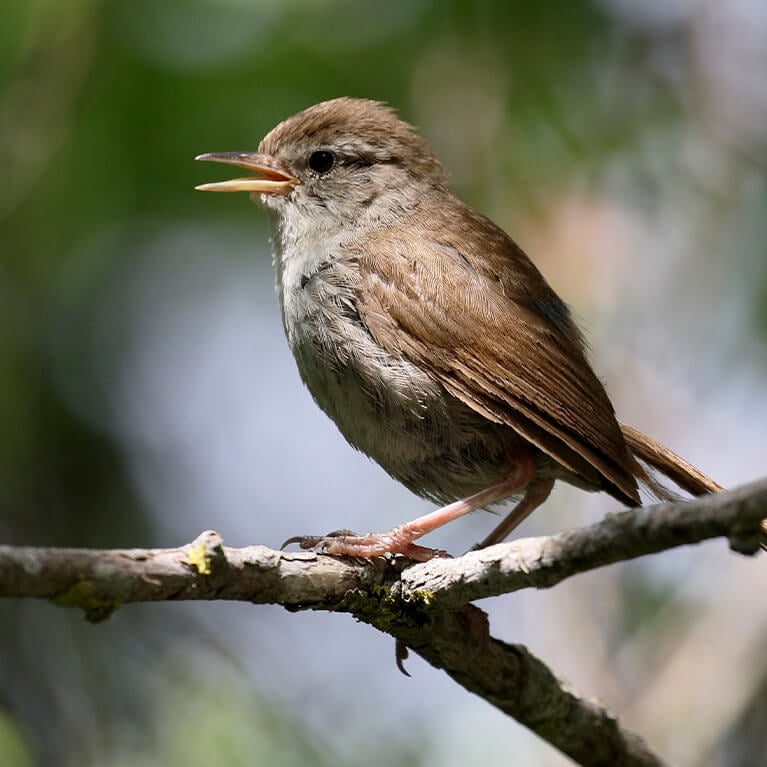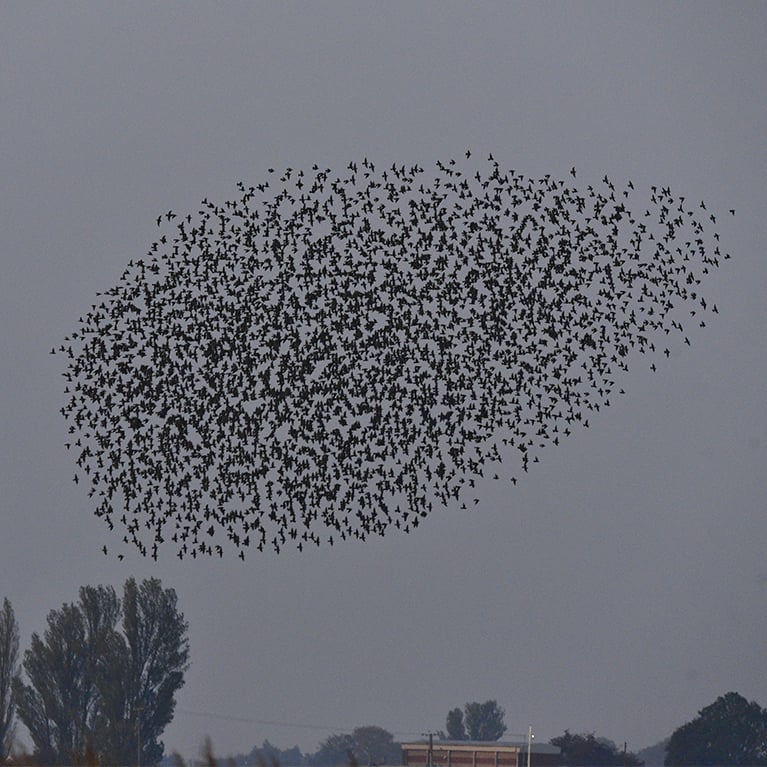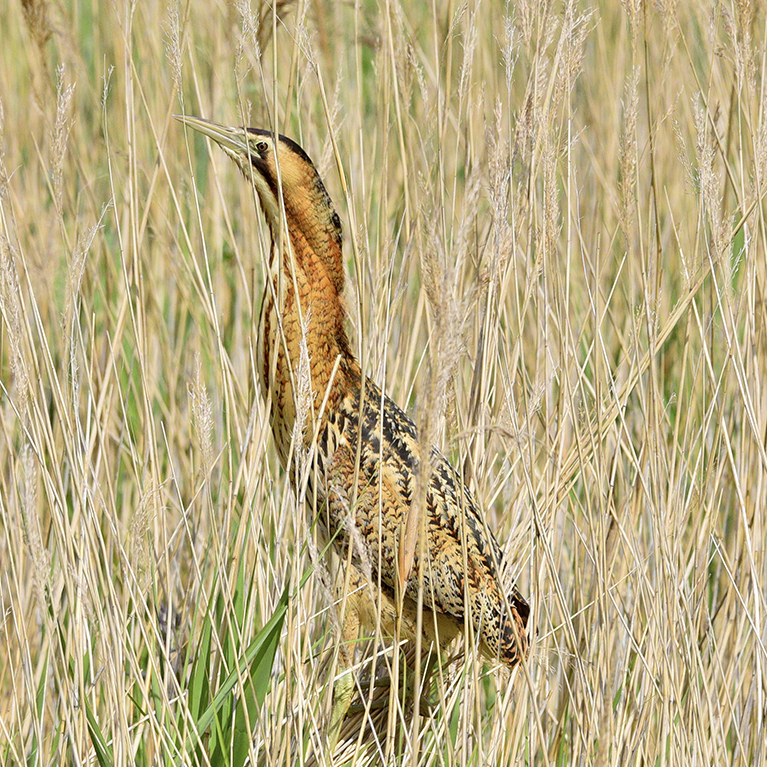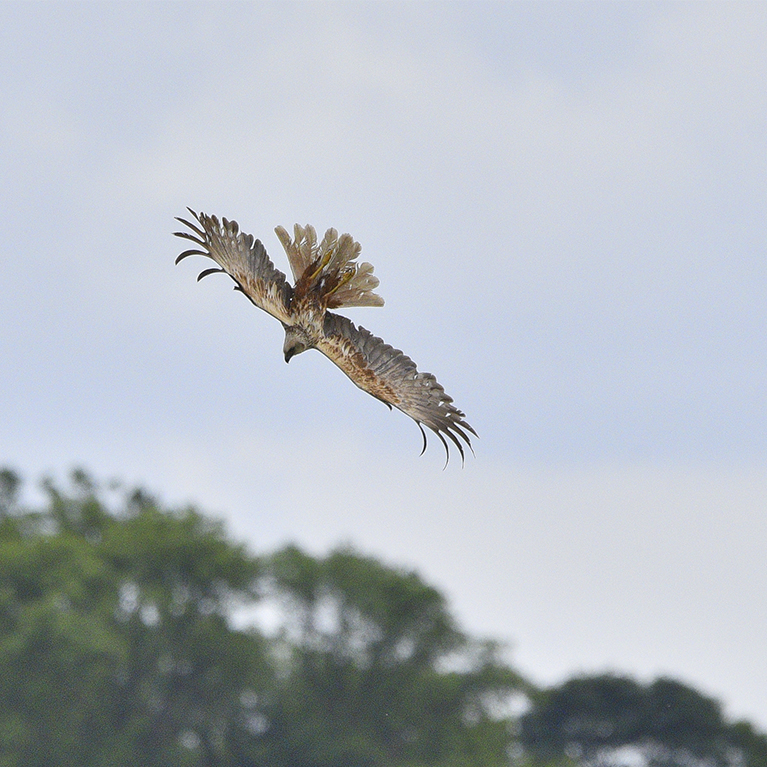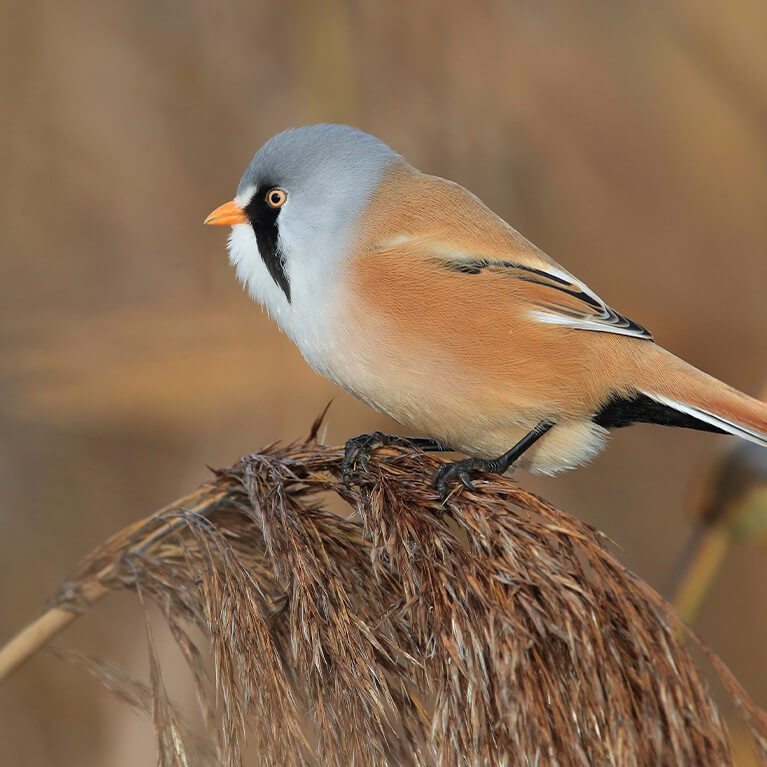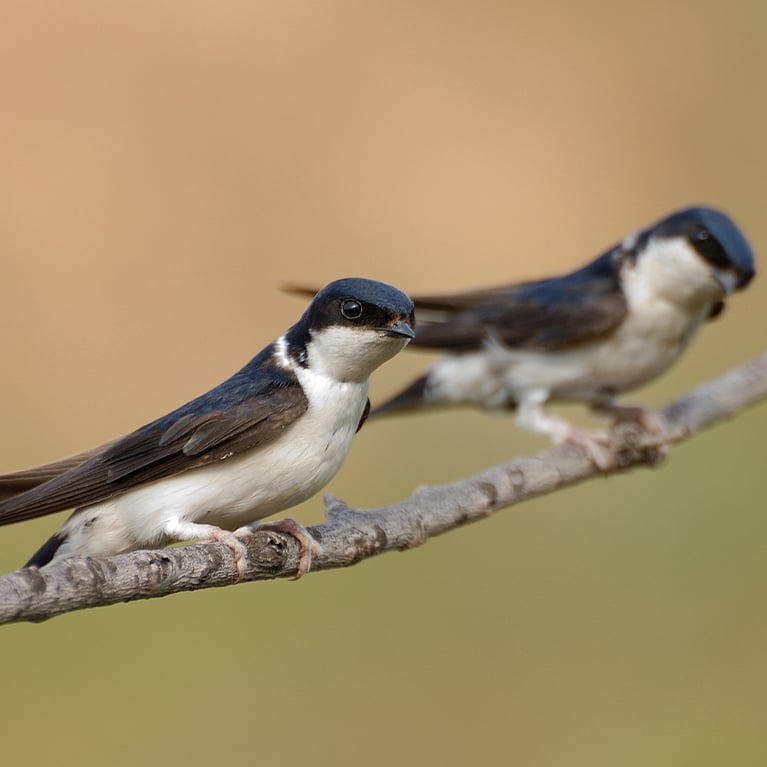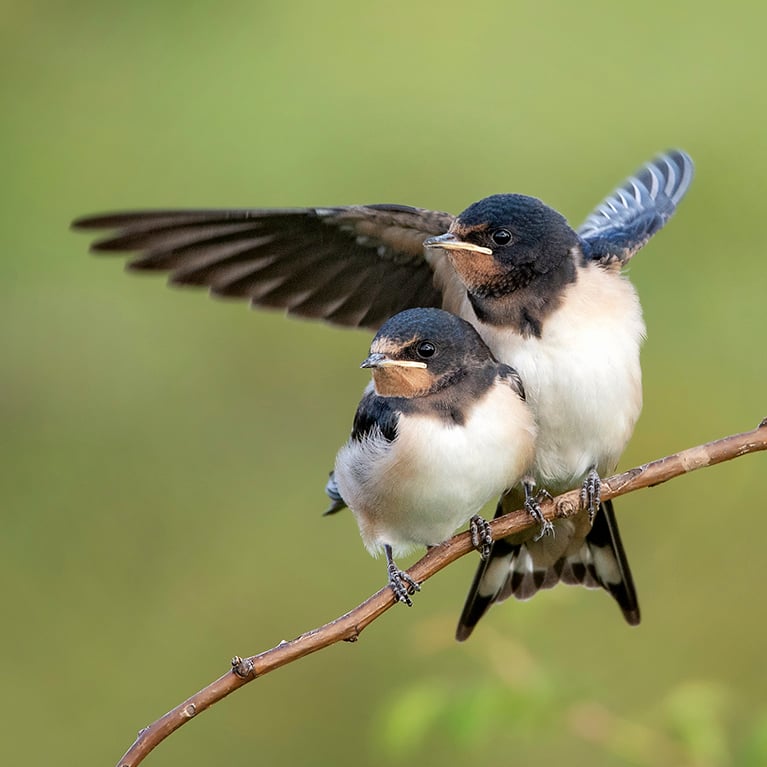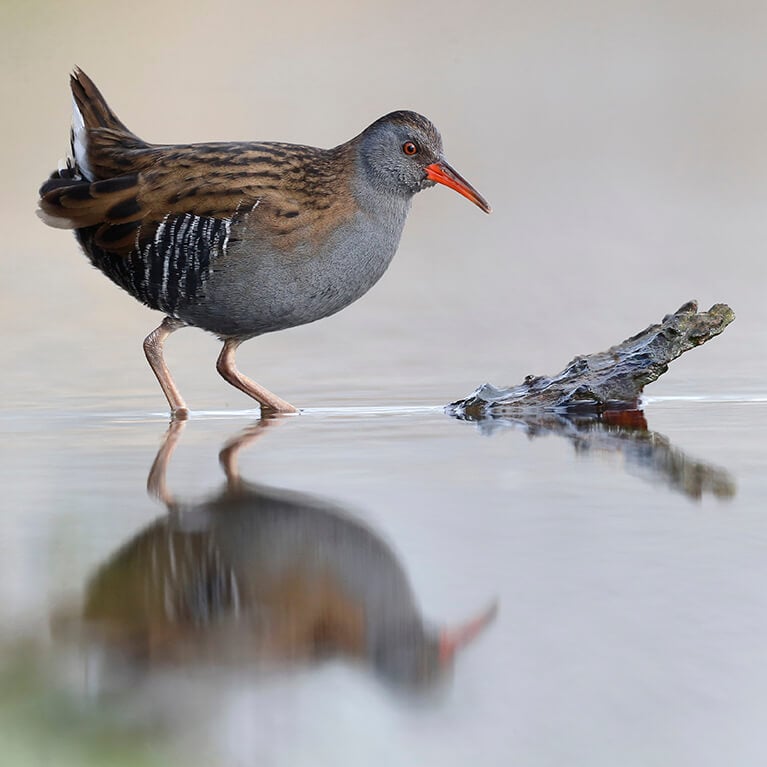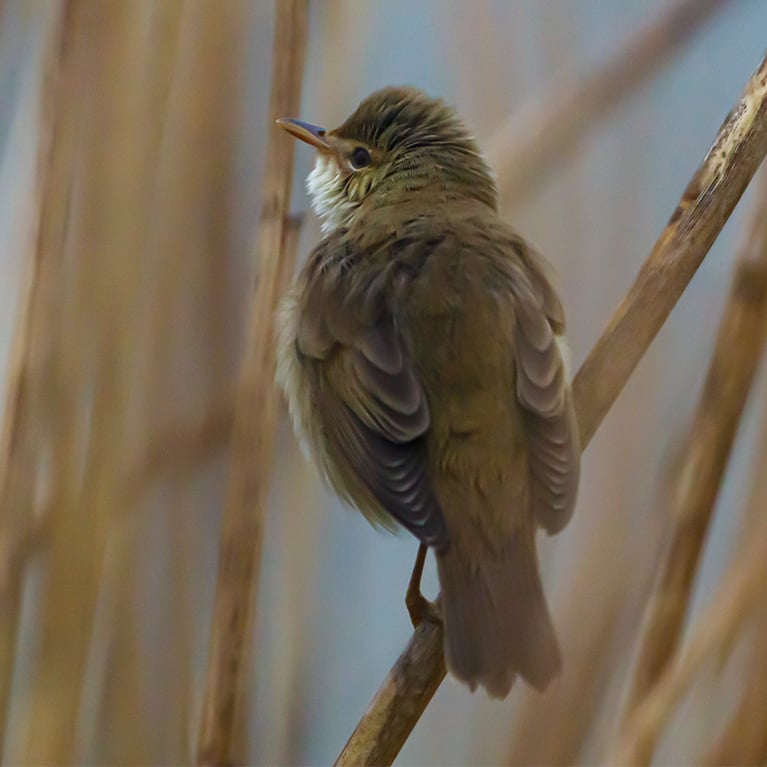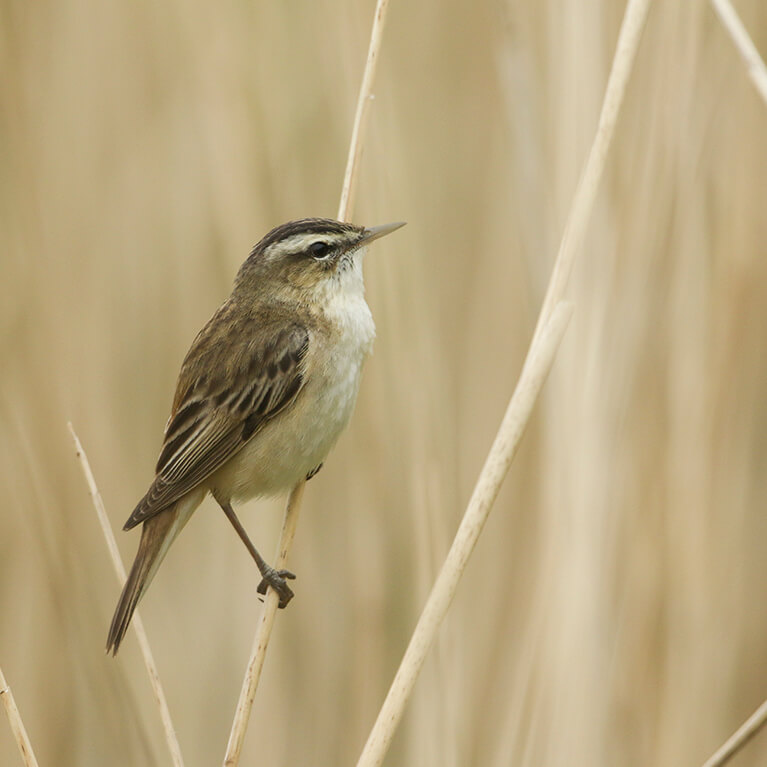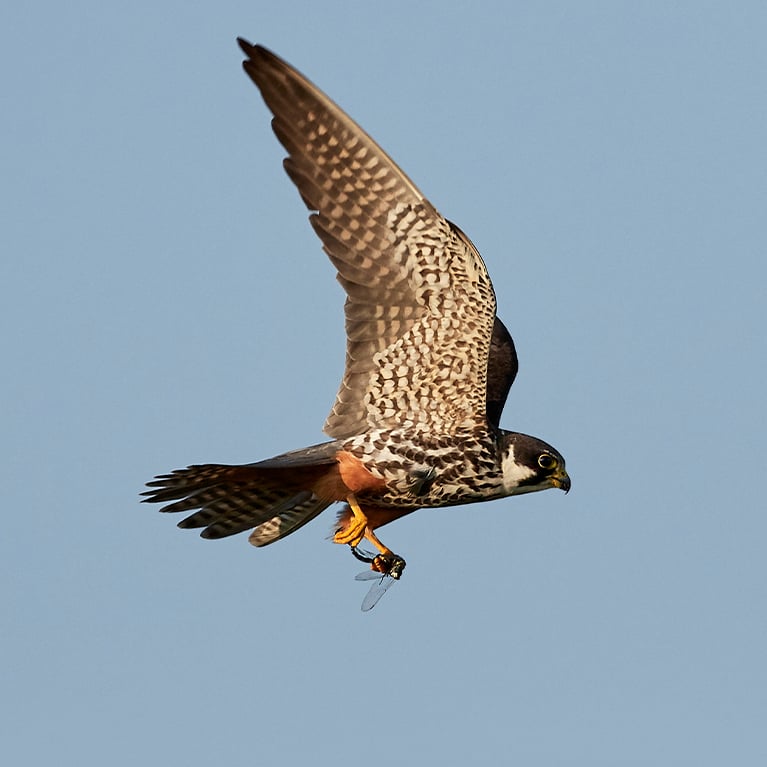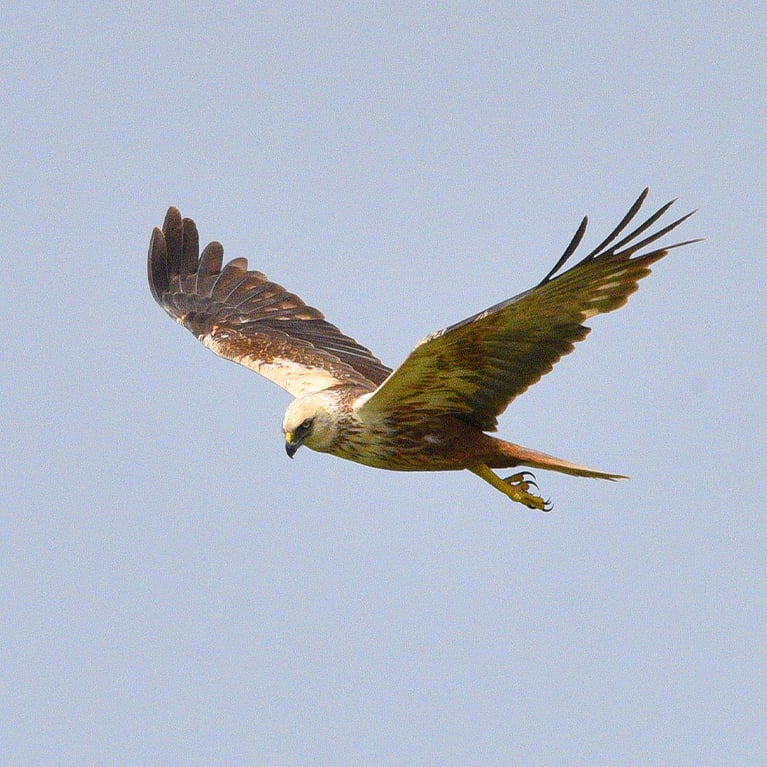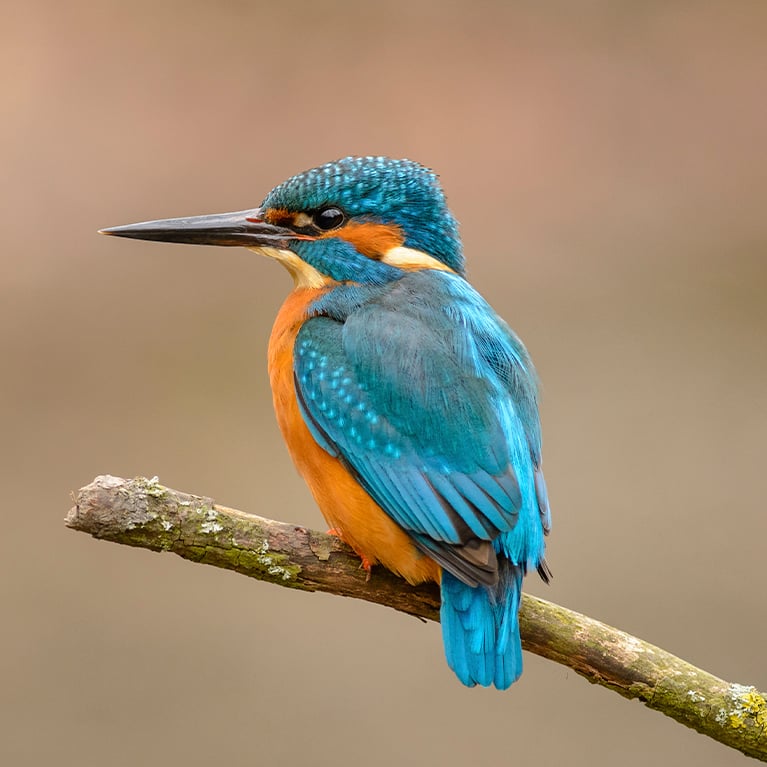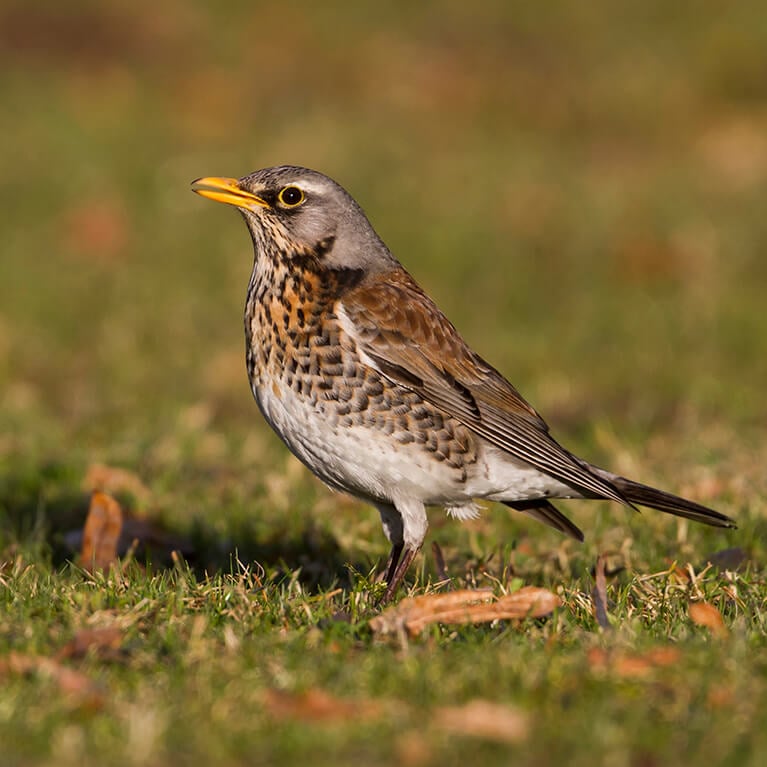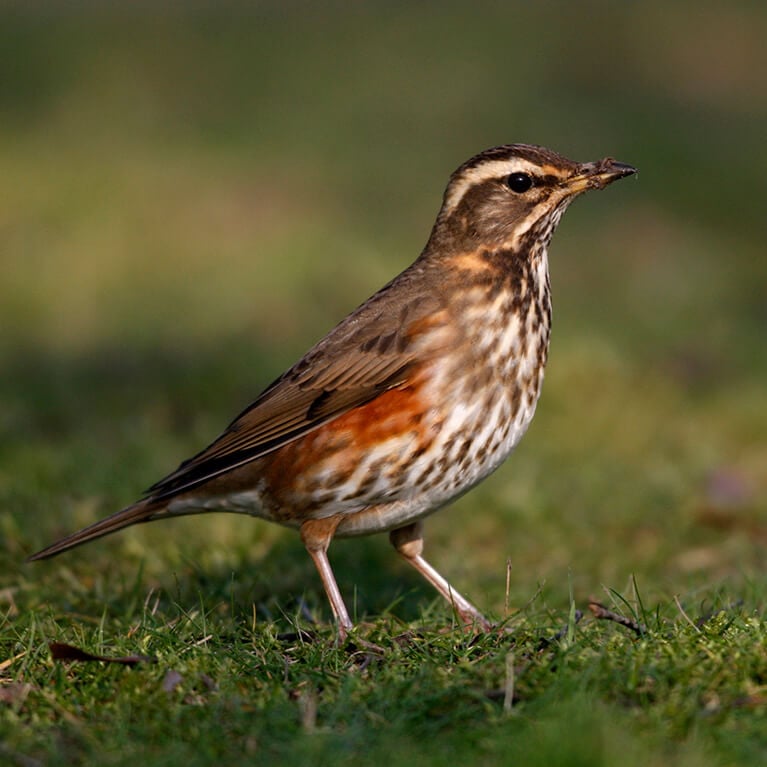Far Ings National Nature Reserve is dominated by large areas of open fresh water and reedbeds that have formed in the clay pits that are a remnant of the brick and tile industry.
Cafe / Tea Room
Toilets
Baby Facilities
Gift Shop
- Gateway Site
getting here
Far Ings Road
Far Ings
Barton-upon-Humber
DN18 5RG
Far Ings National Nature Reserve is located to the west of Barton-upon-Humber and the Humber Bridge.
By car, leave the A15 at the A1077 turn-off (last exit before the Humber Bridge). Take the first exit from the roundabout, then the first right (look for the brown tourist signs). At the bottom of the hill, turn right. The entrance to the reserve is on the left. Parking is free.
dog access
Well behaved dogs are permitted in the Visitor Centre and along the Viking Way but are not permitted onto the nature reserve.
opening times
Reserve open all year round.

Far Ings
Lincolnshire Wildlife Trust
The trust is an incredible local wildlife conservation charity looking after nearly 100 nature reserves and helping to give wildlife a voice, and inspiring people of all ages to take action for wildlife.
find out more about Far Ings
what species and habitats can you find?
The reedbeds are carefully managed to provide a suite of nesting opportunities for specialist species, particularly bittern, marsh harrier and bearded tit. The areas of open water and ditches are superb for dragonflies and damselflies.
There are numerous patches of hawthorn scrub, filled with the song of summer migrants, which are interspersed with areas of neutral and chalk grassland that house a wide range of wildflowers and invertebrates.
The intertidal mudflats and saltmarsh, best viewed from the Viking Way, can be good for wading birds, whilst the tidal reedbeds are excellent in autumn and winter for bearded tits, and occasionally short-eared and barn owls.
Winter species
Bittern; winter wildfowl; pink-footed geese; Cetti’s warbler; starling murmurations
Spring species
Booming bittern; displaying marsh harrier; bearded tit; spring migrants such as martins, swallows and warblers; singing Cetti’s warbler; water rail
Summer species
Reed warbler; sedge warbler; summer warblers; hobby; marsh harrier feeding young; bearded tit families; kingfisher
Autumn species
Migrant thrushes such as redwing and fieldfare; 1,000s of pink-footed geese; eruptions of bearded tits; bittern
plan your visit to Far Ings
useful hints and tips
There are bitterns on the reserve all year and they are seen in various locations across the reserve. It is possible to hear them ‘booming’ in the spring from about March. A good location to try is the double decker hide at Ness End Farm.
Bearded tits show best on warm still mornings. Listen for their distinctive ‘pinging’ call to help locate them. The viewing screen along the Hotel Pit track is a reliable spot for them, and where kingfisher might also be seen.
Winter starling murmurations can be unpredictable, so please keep an eye on social media for latest info.
In spring from Ness Hide, Scrapes and Reedy Hide you can observe the fantastic display of the marsh harriers.
starling murmurations
Autumn is a good time to spot murmurations, watch the spectacular sight of Starlings in their thousands as they gather at dusk at Far Ings.
facilities
Facilities at Far Ings include a Visitor Centre, toilets (including disabled), baby changing facilities, shop and refreshments are available.
explore the other locations along the coastal birding trail
places to stay nearby
Make a trip of it! Enjoy a coastal getaway with a selection of places to stay close by.
things to do in the area
Humber to The Wash Cycle Route
Cleethorpes Coast Light Railway
Forest Pines Hotel, Spa & Golf Resort by The QHotels Collection
Grimsby Fishing Heritage Centre
Laceby Manor Resort Restaurants
Laceby Manor Spa & Golf Resort
Lincolnshire Llama Cleethorpes
Medieval Maze and Victorian Splendour Cycle Route
Owston Ferry Smithy Museum & Heritage Centre
Play Avenue – Role Play Centre
Pretty Little Acorns Jewellery
Alfred Enderby Traditional Fish Smokers
Covenham Reservoir Birdwatching
Hampton by Hilton Humberside Airport
Lincolnshire Coastal Country Park Birdwatching
Messingham Sand Quarry Birdwatching
Messingham Sand Quarry Nature Reserve
San Pietro Restaurant with Rooms
Sawcliffe Manor Country House & Cottages
The QHotels Collection Forest Pines Golf & Spa Resort
The Ship Inn, Barnoldby-le-Beck
‘Tails’ of the Riverbank Cycle Route
Grimsby Revolution Cycle Route
In Search of the Lost Don Cycle Route
Iron and Agriculture Cycle Route
Mysteries of the Marshes Cycle Route
Sandhills and Windmills Cycle Route
